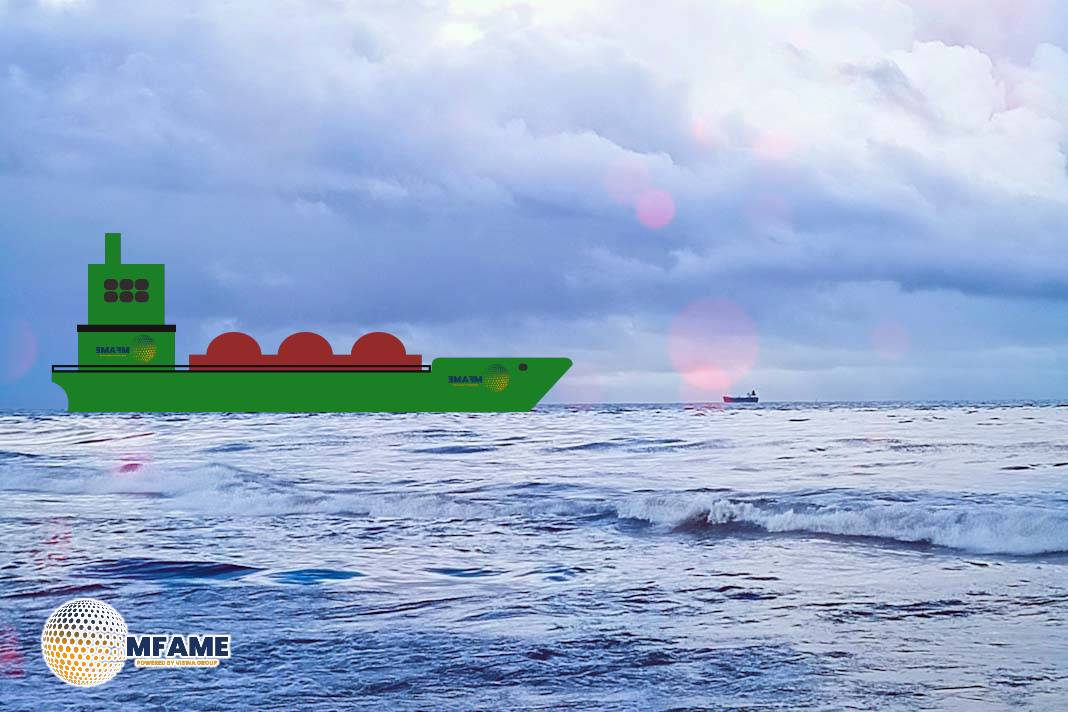- China’s shipbuilding industry faces growing scrutiny from the U.S. and its allies over alleged unfair subsidies.
- South Korea and Japan are boosting domestic shipyard support and forging closer ties with Western partners.
- Experts remain divided on whether these efforts can realistically curb China’s shipbuilding dominance.
As the United States vows to curb China’s dominance in shipbuilding – despite its domestic capacity being nearly nonexistent – South Korea and Japan are looking to benefit from the rivalry and reclaim their competitive edge, reports SCMP.
Rising Pressure on China’s Shipbuilding Supremacy
China has cemented itself as the world’s top shipbuilder, accounting for more than 50% of global output in recent years. However, this dominance is increasingly under the spotlight as the United States and its allies raise concerns over Beijing’s state subsidies and strategic use of industrial policy to outpace rivals. In response, the U.S. has initiated trade investigations into Chinese shipbuilding practices, aiming to level the playing field.
South Korea and Japan Rally to Compete
South Korea and Japan, both historical leaders in the shipbuilding sector, are now stepping up to reclaim market share. South Korea, home to giants like Hyundai Heavy Industries, is enhancing government support and incentivizing green ship technologies. Japan, though smaller in output, is focusing on advanced engineering and specialized vessels, while deepening collaboration with Western nations, particularly the United States and Europe.
These efforts are not just about economics—they’re also tied to national security and supply chain resilience, especially in the context of global geopolitical tensions and maritime control.
Can the Shift in Momentum Succeed?
Despite strong intentions, analysts suggest that reducing China’s overwhelming lead may prove difficult. China enjoys vast economies of scale, state-backed financing, and a massive skilled labor force. While South Korea and Japan can compete in high-tech and eco-friendly vessels, cost competitiveness remains a challenge.
Nevertheless, geopolitical shifts, decarbonization pressures, and growing concerns over supply chain concentration could gradually alter the competitive landscape. Whether these efforts will rebalance the global shipbuilding order remains an open question—but the contest is clearly heating up.
Did you subscribe to our daily Newsletter?
It’s Free Click here to Subscribe!
Source: SCMP



















